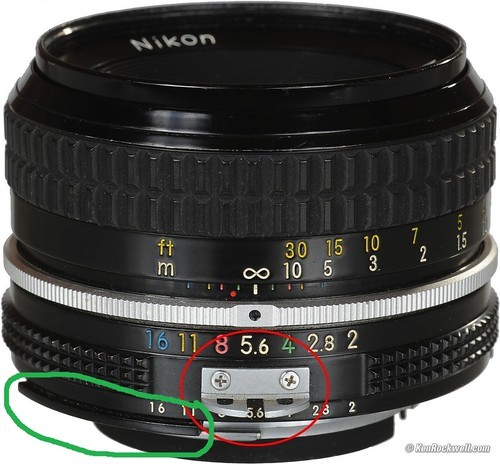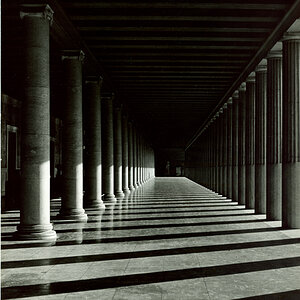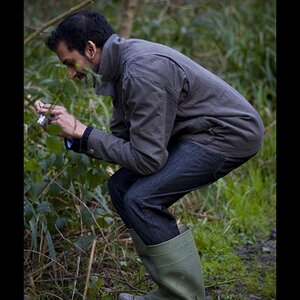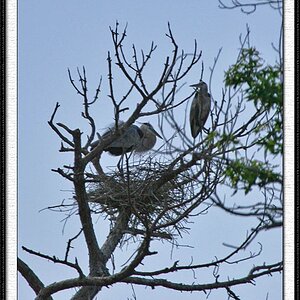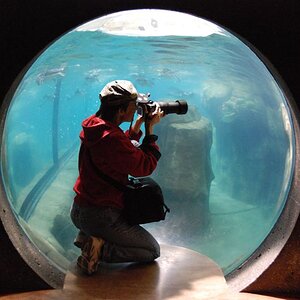CamCracker
TPF Noob!
- Joined
- Sep 2, 2009
- Messages
- 100
- Reaction score
- 3
- Location
- United States of America
- Website
- www.wix.com
- Can others edit my Photos
- Photos NOT OK to edit
I have a 50mm f/2 non ai lens, and I was wondering if it would fit on a Nikon d200. I've read before that it can't work because of the reason here from the aiconversion website:
"Unconverted lenses should not be mounted on these bodies because of the interference between the aperture ring and the sliding aperture sensing tab (at about the 2 o’clock position outside the lens mount as you face into the mirror box)."
I'm thinking it's because of the little piece on the bottom end of the lens that would break the tab on the D200, so if I unscrew the little metal piece on the lens and try to mount it on the D200, would it mount without damaging it?
Picture is included to show the little metal piece I'm talking about removing.

Here is a photo of my actual lens, as I don't think the lens I have is this exact same one. Maybe the one I have isn't a Non AI

http://imageshack.us/photo/my-images/706/d3s27691200.jpg/
"Unconverted lenses should not be mounted on these bodies because of the interference between the aperture ring and the sliding aperture sensing tab (at about the 2 o’clock position outside the lens mount as you face into the mirror box)."
I'm thinking it's because of the little piece on the bottom end of the lens that would break the tab on the D200, so if I unscrew the little metal piece on the lens and try to mount it on the D200, would it mount without damaging it?
Picture is included to show the little metal piece I'm talking about removing.

Here is a photo of my actual lens, as I don't think the lens I have is this exact same one. Maybe the one I have isn't a Non AI

http://imageshack.us/photo/my-images/706/d3s27691200.jpg/
Last edited:


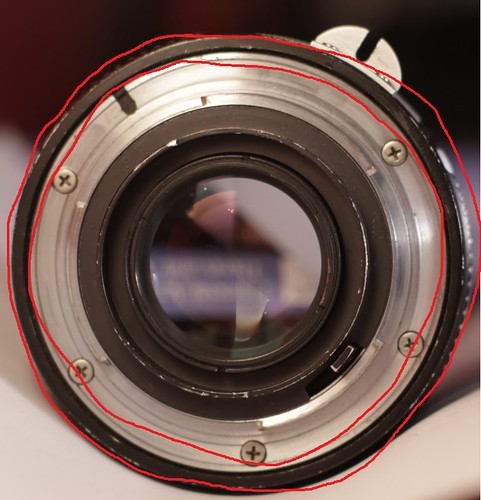
 ) in red, you can see that the aperture ring is smooth. This doesn't allow the camera to connect with the lens and infact can damage the camera.
) in red, you can see that the aperture ring is smooth. This doesn't allow the camera to connect with the lens and infact can damage the camera. 